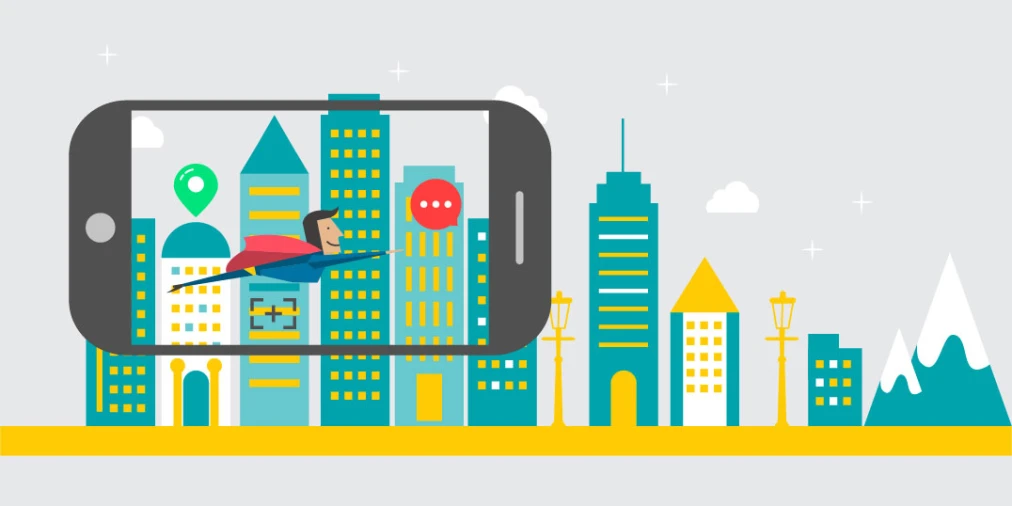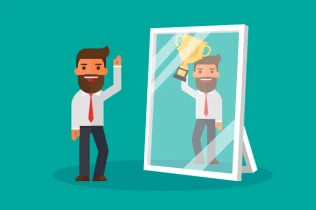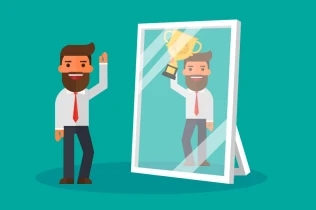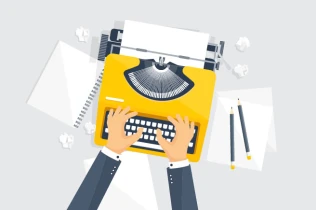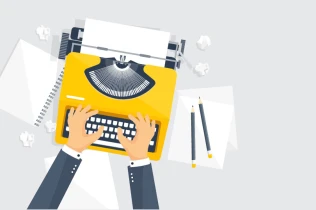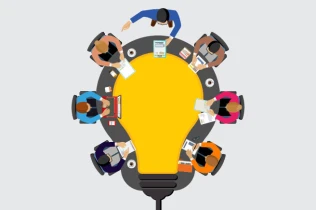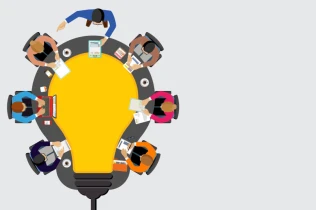In March 2018, as part of a £150 million deal with the Creative Industries Council, the government announced plans to double the UK’s share of the breakthrough technology market by 2025. It’s an exciting move which promises heavy investment into both virtual and augmented reality, the latter of which is primed and ready for take-off.
Defining AR
Augmented reality uses technology to integrate digital imagery (videos, 3D shapes and textual information, for example) into a real-world environment. Primarily for use with smartphones and tablets, AR makes use of a device’s camera in order to detect environmental spaces and combine them with computer generated visuals.
AR differs from Virtual Reality (VR) in that VR offers a completely immersive simulated environment, which usually makes use of headsets to create a completely different reality, providing an ‘as if there’ experience. Conversely, AR is more associated with digital elements being overlaid onto a view of live surroundings. And whilst the tech world directs its attention towards VR due to its unparalleled levels of immersion, AR has an ace up its sleeve: accessibility. With VR use restricted to specialised headsets and only a handful of top-end smartphones, most modern mobiles on the market offer augmented reality compatibility.
Pokémon Go and Snapchat are arguably the two most well-known apps notable for using AR for the purpose of entertainment. In terms of more functional outcomes, IKEA have recently thrown their hat into the ring, releasing an app which allows users to place a piece of furniture into a live view of their living room. It’s a handy means of offering audiences a chance to visualise potential purchases, all the while providing an immersive, unique experience.
Practical Creations
Both Apple and Google have already released AR platforms (ARKit and ARCore respectively), paving the way for developers and creative companies to merge the physical and virtual worlds together on a wider scale. And it’s the practical application of AR that places the industry on the brink of revolution, offering the chance to develop valuable, memorable outcomes including:
- Educational learning experiences (think virtual tours, stargazing apps and museum tie-in guides, for instance)
- Sat nav interfaces which highlight key locations as vehicles travel towards a destination (similarly, Google is in the process of adding an AR mode to its Maps app, which depicts directional arrows over a live view of the user’s environment
- Tool-based applications such as tape measures, distance calculators and spirit levels
- Troubleshooting applications such as Vuforia Chalk, allowing users to share annotated live feeds of issues with technology experts, who in turn provide vocal feedback (as well as their own annotations) to swiftly and efficiently solve a problem
Reality Check
In a similar sense to designing for VR, context is vital when it comes to AR-based solutions – the end experience needs to mean something to the user. Rather than adopting an approach which views AR as a niche outcome, brands must design with the true potential of the technology in mind, which ultimately means creating something worth opting for because it outweighs the experience of merely ‘living in the moment’. Additionally, we must bear in mind that AR should supplement (rather than distract from) the experience. This includes giving consideration towards how the digital elements of AR interact with or transition into real world environments.
A balance must also be struck between creating an engaging design and ensuring that the outcome is clear and easy to understand, especially considering that most users will be experiencing AR on their mobiles. Constraints might include screen size or the limited range of input gestures that smartphones possess (though the rise of voice-activation offers a unique alternative to repetitiveness of physical interaction).
Conclusion
An interesting future lies ahead for AR, one that’s filled with functional potential. Where VR offers us the chance to dream big and lose ourselves in another world, AR allows us to meet our dreams in the middle whilst keeping one foot in reality. Sometimes, there’s nothing quite like the best of both worlds...
Looking to work with a full-service creative agency? Speak to our team today.
